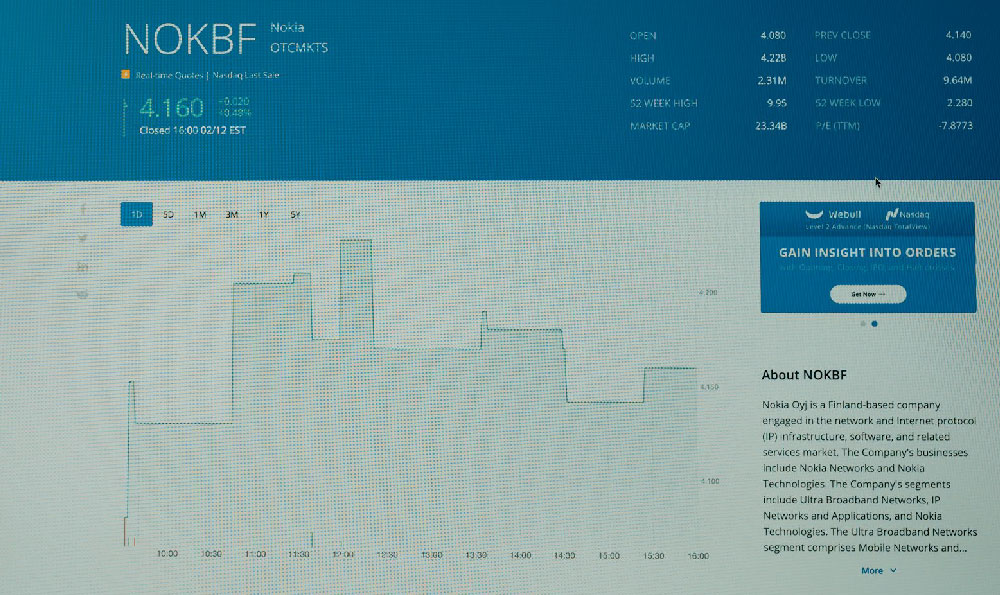Investing in mutual funds online has become increasingly popular, offering a convenient and accessible avenue for individuals to participate in the financial markets. The allure of diversification and professional management makes mutual funds an attractive option, especially for those who are new to investing or lack the time and expertise to actively manage their own portfolios. However, before diving in, it's crucial to understand the steps involved and assess whether this investment vehicle aligns with your financial goals and risk tolerance.
The initial step in online mutual fund investing is establishing an account with a reputable brokerage firm or a mutual fund company directly. Numerous online platforms cater to investors of all levels, offering a wide array of mutual funds from various fund families. When selecting a platform, consider factors such as account fees, the range of available funds, research tools, and the overall user experience. Look for platforms that provide educational resources and offer customer support channels to assist you along the way. Before committing to any platform, ensure it is properly regulated and insured to protect your investments.
Once you've chosen a platform, you'll need to complete the account opening process. This typically involves providing personal information, such as your name, address, social security number, and employment details. The platform will also require you to verify your identity through electronic means or by submitting documentation. During this process, you'll need to specify the type of account you wish to open, such as a taxable brokerage account, a Roth IRA, or a traditional IRA. The choice of account will depend on your individual financial circumstances and retirement planning needs. It is important to understand the tax implications of each account type before making your decision.

After your account is approved, the next step is to fund it. Most online platforms offer various funding options, including electronic bank transfers, wire transfers, and checks. The minimum investment amount can vary depending on the mutual fund and the platform, but some funds may allow you to start with as little as a few hundred dollars. Once your funds are deposited into your account, you can begin exploring the available mutual funds.
Choosing the right mutual funds requires careful consideration and research. Mutual funds come in various types, each with its own investment objective and risk profile. Some common categories include equity funds, bond funds, and money market funds. Equity funds primarily invest in stocks, offering the potential for higher returns but also carrying greater risk. Bond funds invest in fixed-income securities, providing a more stable income stream with lower risk. Money market funds invest in short-term, low-risk debt instruments, offering the highest degree of safety but also the lowest returns.
Within each category, there are further sub-classifications. For example, equity funds can be categorized by market capitalization (large-cap, mid-cap, small-cap), investment style (growth, value, blend), or geographic region (domestic, international, emerging markets). Bond funds can be categorized by maturity (short-term, intermediate-term, long-term) or credit quality (investment-grade, high-yield). Understanding these distinctions is crucial for building a diversified portfolio that aligns with your risk tolerance and investment goals.
When evaluating a mutual fund, pay close attention to its expense ratio, which is the annual fee charged to cover the fund's operating expenses. A lower expense ratio can significantly impact your long-term returns. Also, review the fund's historical performance, but keep in mind that past performance is not necessarily indicative of future results. Look at the fund's benchmark index and compare its performance against that benchmark. Analyze the fund's portfolio composition to understand its holdings and diversification. Finally, read the fund's prospectus, which provides detailed information about its investment objectives, strategies, risks, and fees.
Once you've identified the mutual funds that align with your investment criteria, you can place your orders online. Most platforms allow you to purchase mutual fund shares in dollar amounts or by the number of shares. After placing your order, it typically takes one to two business days for the transaction to settle. Mutual fund prices, known as net asset value (NAV), are calculated at the end of each trading day.
Investing in mutual funds online requires ongoing monitoring and portfolio rebalancing. Regularly review your fund performance and assess whether your investment goals and risk tolerance have changed. If necessary, you may need to adjust your asset allocation by buying or selling mutual fund shares. Rebalancing your portfolio helps ensure that it remains aligned with your target asset allocation and risk profile.
Now, is investing in mutual funds online right for you? It depends on your individual circumstances. It’s a suitable option for investors who seek diversification, professional management, and convenience. It's also a good choice for those who are new to investing or lack the time and expertise to actively manage their own portfolios. However, it's important to remember that mutual funds are not risk-free. They are subject to market fluctuations and the performance of the underlying securities. If you have a low-risk tolerance or prefer to have more control over your investments, other investment options may be more suitable.
Furthermore, online mutual fund investing requires discipline and a long-term perspective. Avoid making emotional investment decisions based on short-term market movements. Stick to your investment plan and resist the temptation to chase high-flying funds or sell during market downturns. Consider consulting with a qualified financial advisor to help you develop a personalized investment strategy that aligns with your financial goals and risk tolerance. A financial advisor can provide unbiased advice and guidance, helping you navigate the complexities of the financial markets and make informed investment decisions. Before engaging with any financial advisor, ensure they are properly licensed and registered, and that you understand their fees and compensation structure. In conclusion, investing in mutual funds online offers a convenient and accessible way to participate in the financial markets. By understanding the steps involved, conducting thorough research, and carefully considering your investment goals and risk tolerance, you can make informed decisions and potentially achieve your financial objectives.












